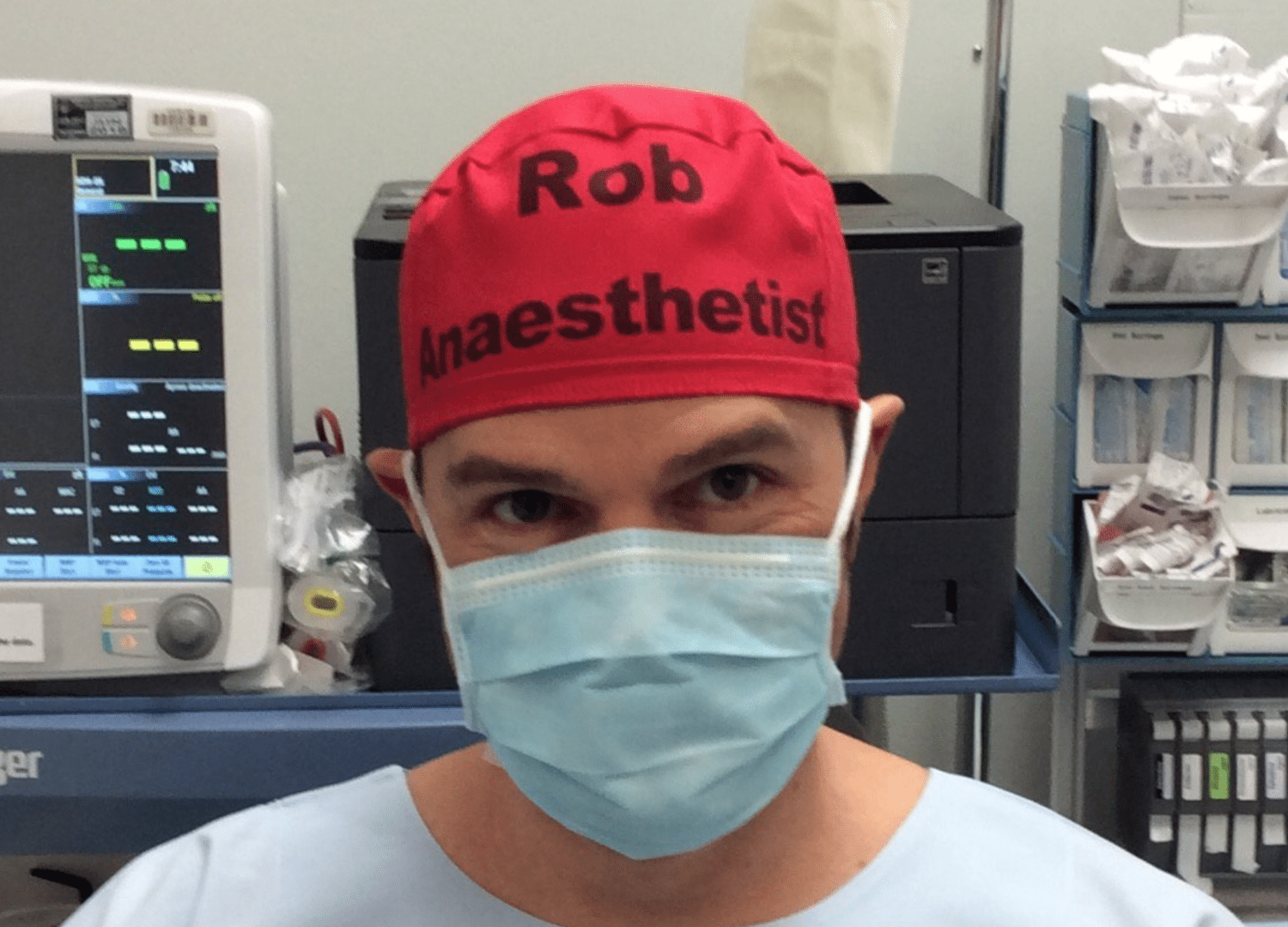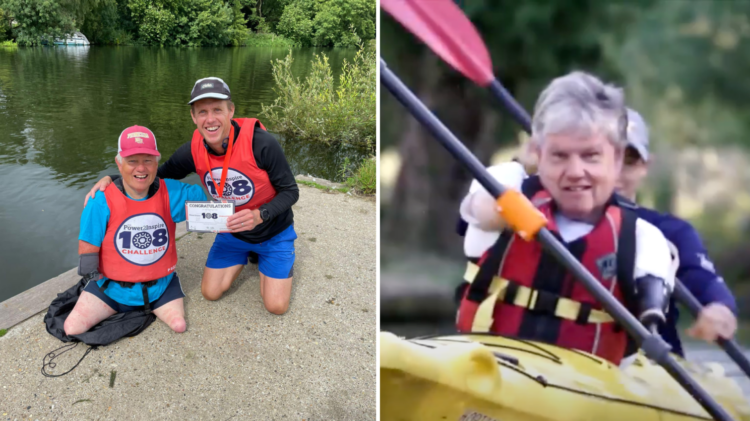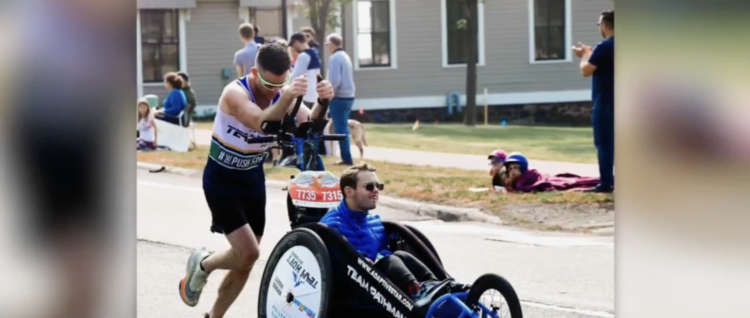Here’s why some doctors are now signing their scrub caps before surgery
When Dr. Rob Hackett wrote his name and job title on his scrub cap he didn’t realize he would kick off an international movement.
Hackett, an anesthetist based in Sydney, Australia, started writing “Rob … Anaesthetist” across his forehead about six months ago and the practice has caught on across the globe. (By the way, anesthetists in Australia are the equivalent of anesthesiologists here in the U.S.)
https://twitter.com/patientsafe3/status/938064785140314112
Why Did He Sign His Cap?
Why’d he start signing his scrub cap? Hackett told The Sydney Morning Herald that the simple act can help save lives in the fast-paced world of the operating room by making sure doctors don’t misidentify the people they’re working with.
Hackett said he’s heard about incidents where medical students in an operating theater were mistaken for surgeons and asked to do things they weren’t qualified for. He also said valuable time has been wasted by doctors forgetting people’s names during time-sensitive medical events like cardiac arrest, according to the Daily Mail.
Plus, easily knowing the names of the people you’re working with cuts down on awkwardness.
“You look a little daft because not everyone is doing it,” Hackett told The Sydney Morning Herald. He said he also got some snide remarks at first, like, “‘Can’t remember your name?'”
But, as he shared on Twitter, this small gesture shows his willingness to “let other knows you’re human in order to improve.”
https://twitter.com/patientsafe3/status/939332852180807682
The #TheatreCap Challenge Is Born
Hackett posted a picture of himself wearing his signed scrub cap on Twitter, and other doctors and medical students have quickly followed suit.
https://twitter.com/patientsafe3/status/938375307962265600
The hashtag #TheatreCapChallenge was created by Alison Brindle, a student midwife in the U.K., and it has quickly taken off. (Theatre being the term for what we Americans would call an operating room.)
https://twitter.com/AlisonBrindle/status/939480694732058624
Medical Errors Are The Third-Leading Cause Of Death
On his Twitter page, Hackett regularly points to a 2016 study from Baltimore’s Johns Hopkins University which says medical errors are the third-leading cause of death in the U.S. The study shows that more than 250,000 Americans die every year from medical errors, based on data from the British Medical Journal. That would mean more people die every year from mistakes by doctors than from respiratory disease.
“Top-ranked causes of death as reported by the CDC inform our country’s research funding and public health priorities,” Dr. Martin Makary, a Johns Hopkins professor, said in an article about the study. “Right now, cancer and heart disease get a ton of attention, but since medical errors don’t appear on the list, the problem doesn’t get the funding and attention it deserves.”
https://twitter.com/patientsafe3/status/943182734524080130
Researchers emphasized that medical errors aren’t about bad doctors. Instead, they pointed to so-called “unwarranted variation” in health care—in other words getting more consensus across medical reporting, care coordination, insurance networks and safety net systems would likely improve patient care.

Small Gesture Could Have A Big Upside
It’s Hackett’s hope that a small gesture like doctors identifying themselves on their scrubs can help cut down on mistakes and save some lives.
Another surgeon from Australia pointed out that the patients have appreciated the visible names as well.
We can finally address our team members by name, how lovely. Our patients love it too! Thanks @patientsafe3 #TheatreCapChallenge pic.twitter.com/mdszYnwNU6
— Carolyn Vasey (@vasey_carolyn) December 13, 2017
One doctor even took it to the next level and decided to decorate her scrub cap with a Captain America icon. No word on whether her colleagues now refer to her as Captain America, Steve Rogers or her actual name (Dr. Tymkow).
@patientsafe3 #TheatreCapChallenge pic.twitter.com/Afx0VmvsBO
— c_tkw (@tymkow) December 9, 2017







